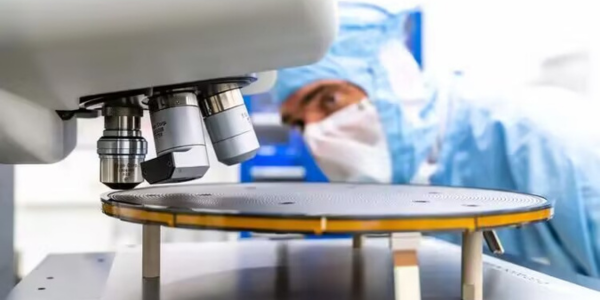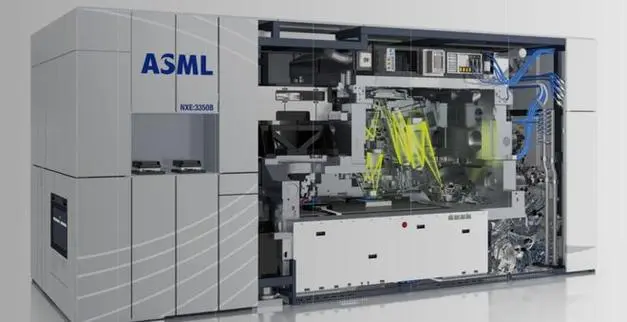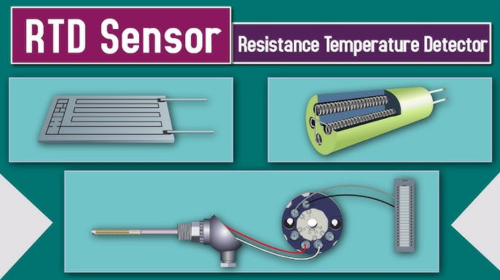The Netherlands recently officially announced a high-profile transaction: it will sell 60 lithography machines to China for a whopping 100 billion yuan. This news has triggered intense discussions within the semiconductor circle. Supporters have all said that this is great news, while opponents shake their heads and walk away, believing that such a decision lacks long-term vision.
As we all know, ASML is the only company in the world that can produce commercial EUV lithography machines. EUV lithography machines play a crucial role in chip manufacturing and drive the development of the semiconductor industry. With this equipment, the manufacturing process level of chips will be able to break through 7nm, which is undoubtedly a leap forward in the industry.

Supporters are optimistic and believe that these 60 lithography machines are like a pie falling from the sky, helping China rapidly improve semiconductor technology. After obtaining this equipment, China can not only independently solve the problem of insufficient chip supply, but also achieve true technological independence. In the long run, the introduction of lithography machines will enable China to accumulate intellectual property in multiple engineering fields such as optics and machinery, and accelerate the narrowing of the technological gap with Western countries.
However, opponents are dissatisfied with this and believe that this transaction is too hasty. Although chip production can be achieved, what should we do if the supply of key components is stopped in the future? They remind everyone that this is not a matter to be ignored lightly. Just like the lesson of the chip ban back then, how could ASML be so stupid as to completely give up control of core technologies? On the surface, it seems that China has taken advantage, but in fact there are huge risks lurking.
In the face of this situation, opponents may have no good choice even if they don't want to buy lithography machines. After all, having these lithography machines is undoubtedly a huge boon for China's semiconductor industry. However, how can we enjoy the benefits while avoiding hidden dangers? This difficult problem is placed in front of us. If ASML views the transaction as a cat-and-mouse game, then China must be more dedicated and work harder on independent innovation. Only by mastering the core technology of design can we not be passive in the technological game.
Of course, grasping the core technology of the design link is not easy, and the process will be full of twists and turns and challenges. However, from the perspective of global technological competition and the strong suppression of the United States, such a dangerous situation is a situation where opportunities and challenges coexist. The challenge lies in how to master the core of design, and the opportunity is reflected in the situation where ASML will temporarily no longer provide lithography machines at this stage. In this way, China can safely use these lithography machines and develop its own industry.

Seizing opportunities is of course important, but at the same time, we must also assess the situation. We must neither do nothing nor attempt to achieve success overnight. Benchmarking against the advanced level of the industry, finding our own gaps, taking steady steps and acting according to our capabilities are the keys to achieving our goals. Only by adhering to these principles can we truly grasp this rare opportunity.


 How to Identify Legitimate Sellers When Purchasing Electronic Components Online?
How to Identify Legitimate Sellers When Purchasing Electronic Components Online?
 Development Directions and Innovation Trends of the Electronic Components Market in 2025
Development Directions and Innovation Trends of the Electronic Components Market in 2025
 Resistance Thermometer Temperature Sensors
Resistance Thermometer Temperature Sensors
 Say Goodbye to Lag! Three Ways to Speed Up WiFi
Say Goodbye to Lag! Three Ways to Speed Up WiFi